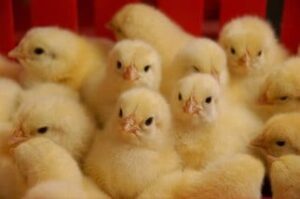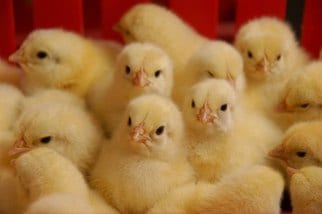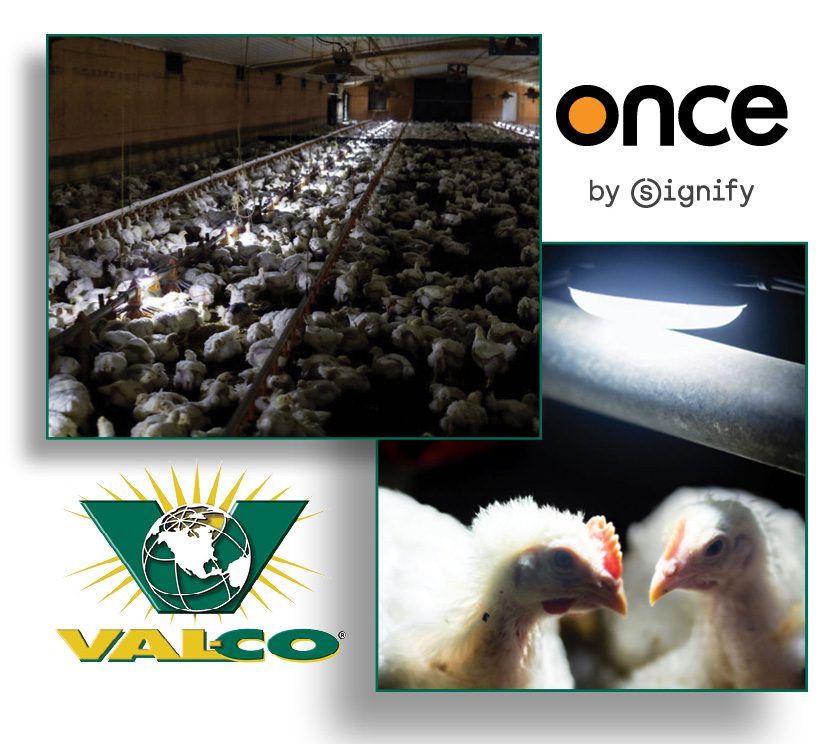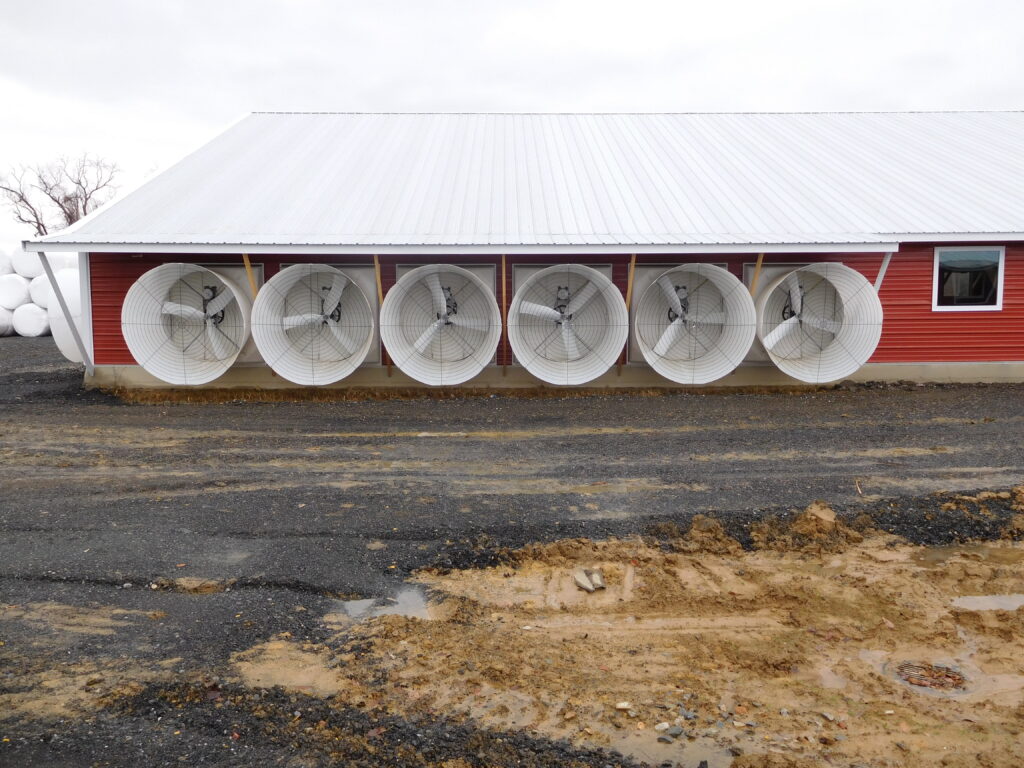
Want to improve your final live weight and feed conversion? Achieve good 7-day live weight and you’ll do just that. So much of a bird’s final potential rests on the first seven days of frame development and immune system maturation. Nutrition, feed availability, water quality (and ease of finding and getting the water), temperature, air quality, and light are all critical to early development and reduced mortality.
Nutrition
Most integrators have teams of nutritionists and veterinary scientists working to optimize feed rations for each phase of growth for their birds. Independent producers must rely on the feed companies to do so, but in both cases the underlying principles are the same. One thing to note is that feeding a high energy diet to maximize growth makes birds more susceptible to ascites, sudden death syndrome, and leg problems, especially if growing birds at high altitudes (>1000m above sea level) where ascites already has a higher prevalence.
It’s better to feed a lower energy diet complete with macro and micronutrients that promotes steady growth. Note that a prolonged low energy diet may result in lost weight and additional time to hit market weight. If purchasing your own feed, consult your nutritionist regarding the optimal diet and time frame for your breed and region.
Feeding
Chicks should have access to feed and water immediately at placement. Using chick paper or starter feeders is important for the first few days, but they should also have access to pans, so that they become acquainted. A good pan will flood easily and have a chick-safe grill design to keep chicks from getting trapped. A deep V-shaped bottom will help it nestle into the litter and give the birds easy access.
Water
Water is the most important nutrient. Waterers should be cleaned, flushed, and filled before placement. Lines must be at the proper height to ensure the max amount is being consumed by the bird.
Temperature
Birds cannot fully regulate their own body temps until about two weeks of age. Subjecting them to cold results in more energy being spent on warming themselves than growth. Likewise, if they are too hot, they will not eat properly.
Cold increases susceptibility of ascites. Make sure floors are properly warmed pre-placement to around 90 degrees. Carefully observe the birds and adjust temperatures as necessary. Huddling means they are cold. Lethargy means they are hot.
Air quality
Control ammonia by controlling moisture and humidity in the barn. Ensure fans and inlets deliver the proper air speeds to replace stale air with fresh air. Over-ventilating may chill the birds in cool weather or create dry litter problems. Observe the birds frequently to ensure their comfort.
Light
Longer day periods result in better weight gain because birds will eat more. Chicks require brighter light to develop proper sight and find feeders and drinkers. Using an intermittent lighting program will encourage them to rest and eat at regular intervals. As the birds grow, lights can be dimmed to about 1 foot candle.





